The U.S. Forest Service manages 78% of the land in the Lake Tahoe Basin. Yet, a hiring freeze on seasonal workers and recent firings of key staff have gutted an already-stretched-thin agency, putting on hold critical work in water quality, environmental restoration and forest fuels reduction projects while also diminishing the forest service’s capacity to manage the millions of visitors who come to Lake Tahoe every year — especially on the Fourth of July.

Eleven people who work at the Lake Tahoe Basin Management Unit lost their jobs last month in the so-called “Valentine’s Day Massacre” led by Elon Musk’s U.S. Department of Government Efficiency, according to former employees. The job losses compound chronically low staffing, plus a hiring freeze on seasonal workers that went into effect last fall. In all, the management unit has lost a third of its recreational staff, including the lone permanent wilderness ranger position in Desolation Wilderness.
The Lake Tahoe Basin Management Unit is the smallest forest in California, but it sees more visitors than any of the state’s national parks. The management unit’s 156,335 acres are a fifth the size of Yosemite National Park, yet data shows the management unit welcomes almost twice as many visitors as Yosemite. But the forest service has gone dark in communications about how Lake Tahoe will be impacted by the Trump administration’s mass firing of forest service employees last month.
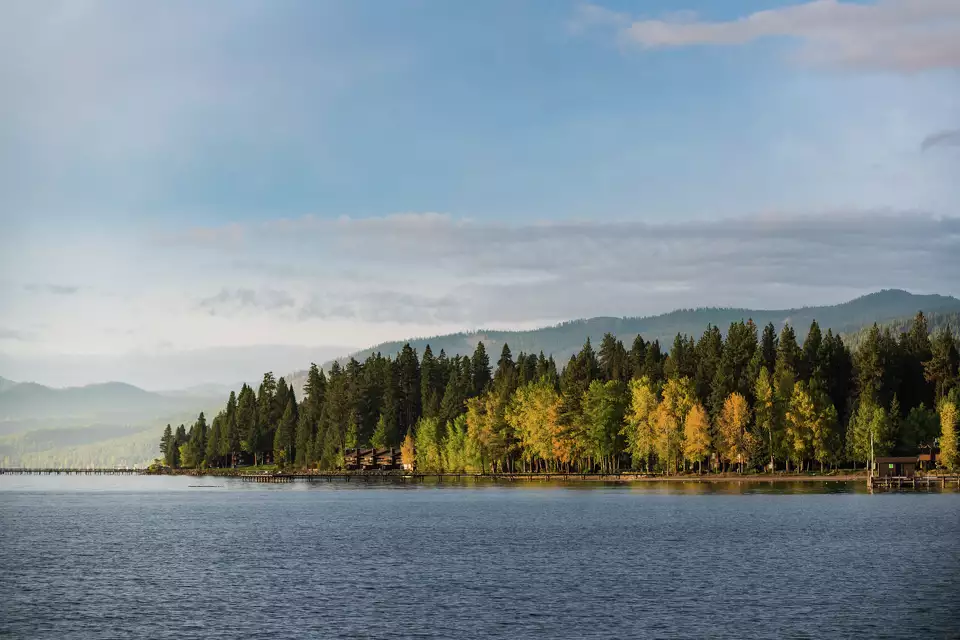
The only news coming out of the management unit since the firings have been public notices about prescribed burns. An inquiry sent by SFGATE in February to the management unit about how many people were fired went unanswered. On Monday, a spokesperson for the U.S. Department of Agriculture sent SFGATE an emailed statement that said 2,000 forest service employees had been fired but did not give any further information about how the firings were spread forest by forest or how many people had been let go at the management unit.
In that information vacuum, two former forest service employees and South Lake Tahoe residents — Nadia Tase and Kelly Bessem — have organized a small resistance to make known the full weight of the impacts coming to Lake Tahoe, aligning with similar rogue initiatives led by people who work on public lands. Tase worked for the forest service in Lake Tahoe for 13 years before she took another job on Election Day in 2016. Bessem was a hydrology technician and seasonal employee until she was let go last fall, due to budget cuts.
“I have to speak up for my colleagues [who] can’t speak for themselves because they’re afraid of losing their job,” Tase said in a phone interview with SFGATE this week. “It’s a very strange world right now, and things are not happening the way they typically do. They are just very scared.”
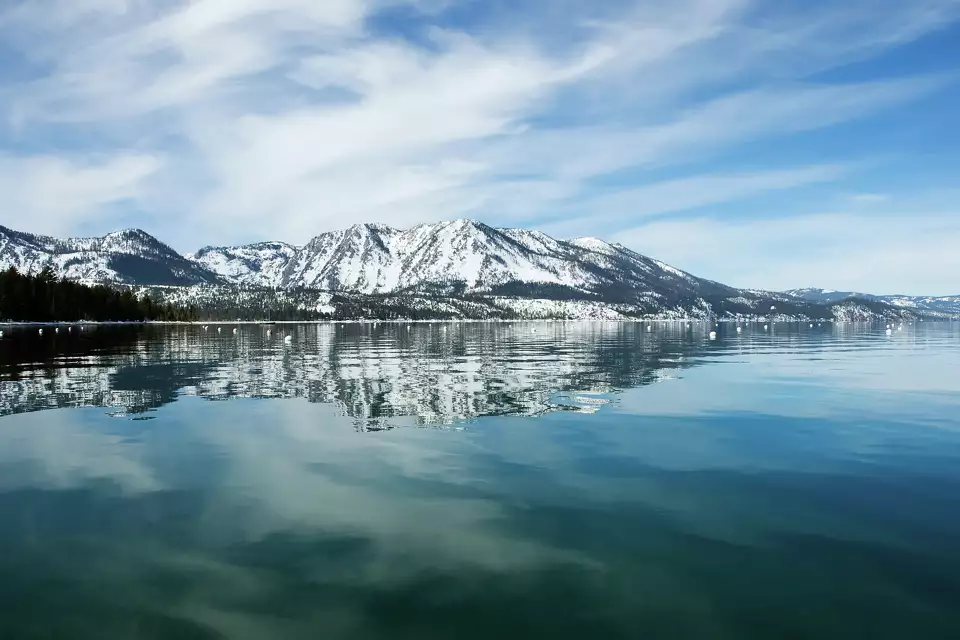
Both Tase and Bessem say they have been in touch with current and former forest service employees. Tase published a letter to the editor in South Tahoe Now on Feb. 23 that detailed the jobs lost — and what Tahoe should expect in the coming months as a result.
“If this purge were truly about government efficiency, these would not be the individuals to target,” Tase wrote in the letter on South Tahoe Now. “These are some of the hardest working people, the most dedicated, the most productive worker bees that simply put, get stuff done.”
From picking up trash to forest thinning — critical work that just won’t get done
The Trump administration fired people who built trails. They managed aquatic invasive species efforts and led creek and meadow restoration projects that play into Lake Tahoe’s vitally important water quality goals — the projects that, to borrow from the League to Save Lake Tahoe’s tagline, quite literally “keep Tahoe blue.”
The cuts mean fewer people to pick up trash left by tourists on beaches, put out illegal campfires in the backcountry and enforce rules about bear canisters. Tahoe’s popular Taylor Creek Visitor Center and Tallac Historic Site will have reduced hours. While many forest service beaches and campgrounds are operated by concessionaires, places that are run by the forest service, including Luther Pass Campground and Watson Lake Campground, will also see shorter opening seasons.
The loss also represents decades of experience, Tase said. Some of those people had more than 20 years of experience working for the management unit.
“We lose these positions. We lose that ability to serve the public,” Tase said.

Two people who worked on aquatic invasive species projects were also fired. Tahoe has seen recent success with projects eradicating aquatic invasive species. Last fall, the forest service joined the Tahoe Regional Planning Agency to remove heavy, sunlight-blocking mats that eradicated a 17-acre infestation of aquatic weeds in Tallac and Taylor creeks.
Monitoring needs to continue so the weeds don’t return, said Bessem, the former hydrology technician. Yet the two employees fired in February were both leaders on the aquatic team.
Wildfire defenses are hit on multiple fronts
Three people who were fired worked on fuels reduction projects that protect Lake Tahoe communities from wildfire danger — all the more prescient in Lake Tahoe, since forest-thinning projects saved hundreds of homes in Christmas Valley from burning in the Caldor Fire.
The Trump administration has frozen funding for partner nonprofits the Lake Tahoe Basin Management Unit has traditionally relied on to lend extra hands and support critical work, such as fuels reduction projects that buffer Tahoe’s forest-dense neighborhoods from wildfire risk.
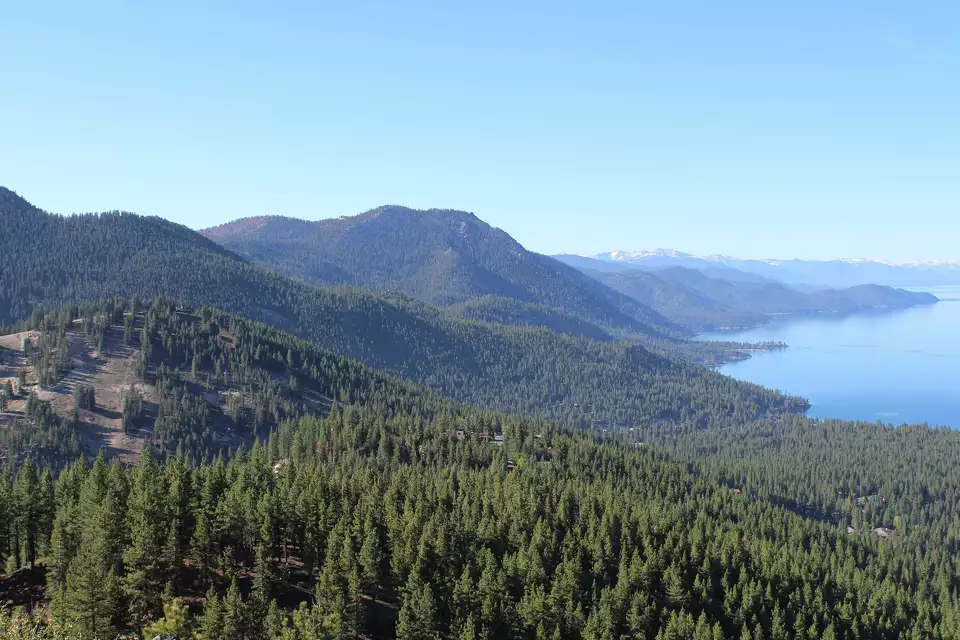
In Tahoe, the Great Basin Institute has partnered with the management unit on a large-scale forestry project to reduce the risk of wildfire across the Tahoe Basin. But the institute nearly had to furlough staff because, at the start of the Trump administration, it stopped receiving payments from the federal government for work completed months ago, said Great Basin Institute CEO Peter Woodruff.
Payments have resumed for work completed months ago, and the institute avoided furloughs, Woodruff said. However, all new work that doesn’t have funding already committed has been suspended.
“The forests are being asked to do heroics or shutter critical facilities and recreation,” Woodruff said. “Typically, we’d be a solution in these circumstances when they reach their own limitations, they reach into whatever backup funding they may have and shift to our labor force, but that’s not possible this time around.”
The Lake Tahoe Basin Management Unit also lost employees who held fireline qualifications, Tase said. They might not be firefighting personnel, but they still do firefighting work in the Tahoe Basin, during a fire and after. These were the people who rehabilitated the fire breaks that crews cut through the forest during the Caldor Fire, she noted, reducing erosion and sediment flows into Lake Tahoe.
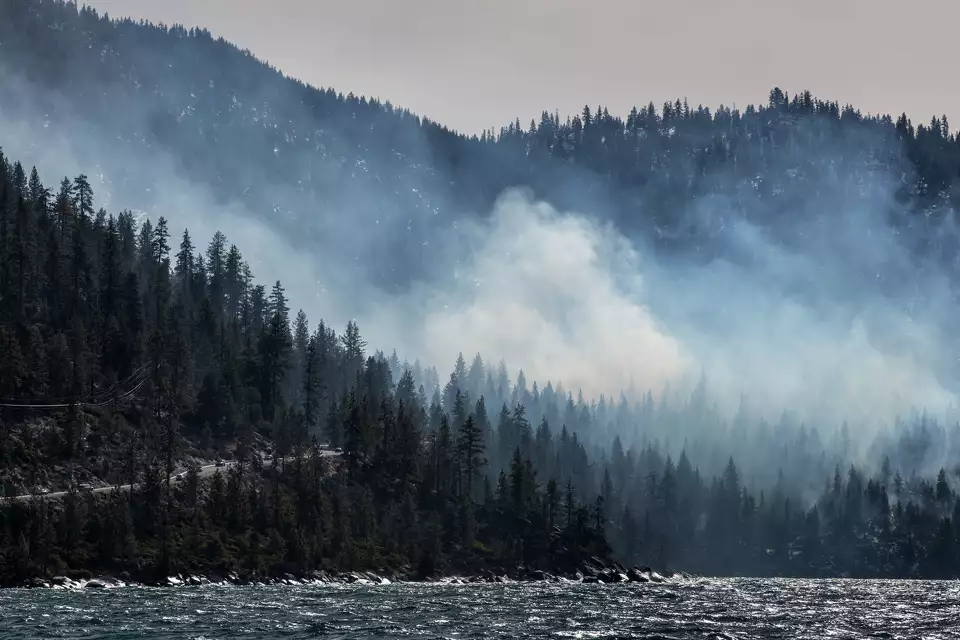
And then there’s the Fourth of July
Last summer, Bessem worked at Kiva Beach on the Fourth of July, handing out trash bags and patrolling for safety. The forest service was part of a basinwide effort to staff up for Tahoe’s busiest holiday weekend of the year, after thousands of pounds of trash was strewn across the lake the year before. And it worked. Last summer, thanks to the enforcement and education efforts on the holiday, on the morning of July 5, 2024, volunteers found beaches in much better condition than the year prior. The total amount of trash picked up was a quarter of what it was in 2023.
Uniformed staff made a big difference in that enforcement, Bessem said. That’s not something that can be easily replicated by volunteers.
“As someone in uniform, you have a radio. You can go up to people, tell them you know the rules and regulations. You can call for backup law enforcement,” she said.
She doesn’t know if the forest service can muster the same kind of response this coming Fourth of July.
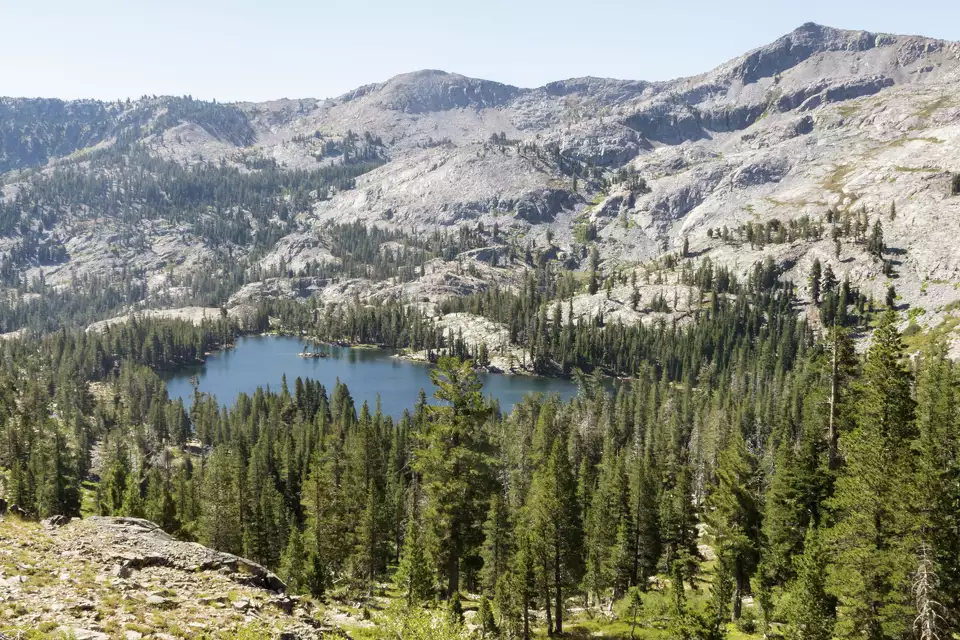
Desolation Wilderness — one of the most heavily visited wilderness areas in the country — has also been hit especially hard, Bessem said. With a medical issue, an earlier layoff and seasonal job losses, she said the management unit currently has no staff for Desolation.
“As of right now, all of the wilderness staff for the [Lake Tahoe Basin Management Unit] side of Desolation is completely gone,” she said. “There is literally no one on the [Lake Tahoe Basin Management Unit] side at all.”
The damage is not done
This week, the chair of the Merit Systems Protection Board issued an order that forest service employees who lost their jobs in the mass firings must be hired back for 45 days while an investigation is underway about whether the firings were illegal.
According to the order, the mass firings included 5,692 employees — almost three times the number of people compared with what the USDA has admitted. Former management unit employee Tase said she doesn’t know of anyone who has gotten their job back, at least not yet. She said the management unit employees will be reinstated soon.
However, more job losses are likely imminent. Politico reported on Thursday plans to lay off 7,000 more workers in the forest service.
“Certainly a grim picture,” Tase wrote in an email to SFGATE on Thursday night. “And despite the apparent good news with the reversal of the illegal firings, I fear those positions are ultimately still on the chopping block.”


